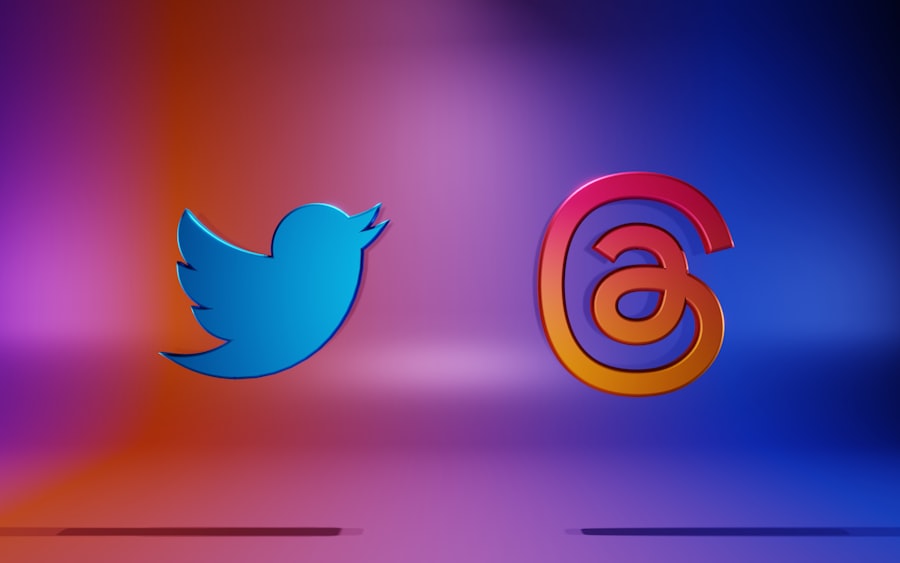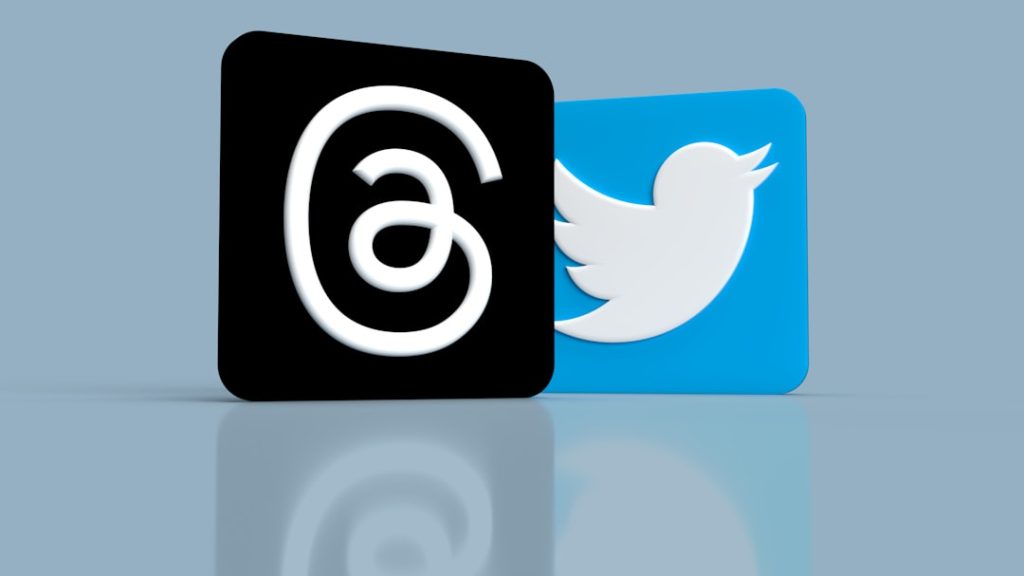Twitter Ads provide businesses with a unique opportunity to engage with their audience in real-time, leveraging the platform’s fast-paced nature to promote products, services, or brand messages. Unlike traditional advertising methods, Twitter allows for immediate interaction and feedback, making it an ideal platform for brands looking to connect with consumers on a more personal level. The platform offers various ad formats, including promoted tweets, promoted accounts, and promoted trends, each designed to achieve specific marketing objectives.
By utilizing these tools effectively, businesses can enhance their visibility and drive engagement. The essence of Twitter Ads lies in their ability to reach users based on their interests, behaviors, and demographics. This targeted approach ensures that advertisements are shown to users who are more likely to engage with the content, thereby increasing the chances of conversion.
Additionally, Twitter’s real-time nature allows brands to capitalize on trending topics and events, making it possible to create timely and relevant campaigns that resonate with users. Understanding the intricacies of Twitter Ads is crucial for any business aiming to harness the power of social media marketing effectively.
Key Takeaways
- Twitter ads can help businesses reach a larger audience and increase brand visibility
- Setting up a Twitter ad campaign involves defining campaign objectives, budget, and ad creative
- Targeting the right audience is crucial for the success of a Twitter ad campaign
- Choosing the right ad format, such as promoted tweets, accounts, or trends, can impact ad performance
- Crafting compelling ad copy that is concise, engaging, and relevant is essential for capturing audience attention
Setting Up Your Twitter Ad Campaign
Setting up a Twitter ad campaign begins with creating a Twitter Ads account, which is a straightforward process that requires linking your existing Twitter profile or creating a new one. Once your account is established, you can navigate to the Twitter Ads dashboard, where you will find various options for campaign creation. The first step involves selecting your campaign objective, which could range from increasing website traffic to boosting tweet engagement or growing your follower base.
Each objective has specific metrics associated with it, guiding you in measuring the success of your campaign. After defining your objective, the next step is to set your budget and bidding strategy. Twitter offers flexible budgeting options, allowing you to choose between daily budgets or total campaign budgets.
Additionally, you can select between automatic bidding, where Twitter optimizes your bids for you, or manual bidding, which gives you more control over how much you are willing to pay per engagement or impression. This flexibility enables businesses of all sizes to tailor their advertising spend according to their financial capabilities and marketing goals.
Targeting Your Audience

Effective audience targeting is one of the most critical components of a successful Twitter ad campaign. Twitter provides a variety of targeting options that allow advertisers to reach specific demographics based on interests, behaviors, location, and even keywords in users’ tweets. For instance, if a company sells fitness products, it can target users who have shown interest in health and wellness topics or those who follow fitness influencers.
This level of granularity ensures that ads are not just reaching a broad audience but are instead being shown to individuals who are more likely to convert. Moreover, Twitter’s tailored audiences feature allows advertisers to upload their customer lists or retarget website visitors. This capability enables businesses to reconnect with users who have already expressed interest in their products or services.
By leveraging these advanced targeting options, brands can create highly personalized ad experiences that resonate with their audience. The ability to refine targeting based on real-time data further enhances the effectiveness of campaigns, ensuring that ads remain relevant and engaging.
Choosing the Right Ad Format
| Ad Format | Pros | Cons |
|---|---|---|
| Text Ads | Low cost, easy to create | Limited visual impact |
| Image Ads | Eye-catching, visual appeal | May be blocked by ad blockers |
| Video Ads | High engagement, storytelling | Expensive to produce, may annoy viewers |
| Interactive Ads | Engaging, interactive experience | Complex to create, may require technical skills |
Selecting the appropriate ad format is essential for maximizing engagement and achieving campaign objectives on Twitter. The platform offers several ad formats, each designed for different marketing goals. Promoted tweets are perhaps the most common format; they appear directly in users’ timelines and can include images, videos, or polls to enhance engagement.
This format is particularly effective for driving interactions and encouraging users to share content with their followers. Another popular format is promoted accounts, which aim to increase a brand’s follower count by suggesting the account to users who may be interested based on their activity and interests. This format is beneficial for businesses looking to build a community around their brand and foster long-term relationships with customers.
Additionally, promoted trends allow brands to place their hashtags at the top of the trending topics list, providing significant visibility during key events or campaigns. Choosing the right ad format depends on the specific goals of the campaign and understanding how each format can best serve those objectives.
Crafting Compelling Ad Copy
The effectiveness of Twitter ads heavily relies on the quality of the ad copy. Crafting compelling ad copy requires a deep understanding of your target audience and what resonates with them. Given Twitter’s character limit, brevity is crucial; however, this constraint can also be an advantage as it encourages creativity and clarity.
A strong call-to-action (CTA) is essential in guiding users toward the desired action, whether it’s visiting a website, signing up for a newsletter, or making a purchase. In addition to clarity and brevity, incorporating emotional appeal can significantly enhance ad performance. For example, using storytelling techniques can create a connection with the audience by evoking emotions that align with the brand’s message.
Brands that successfully convey their values and mission through their ad copy often see higher engagement rates. Furthermore, testing different variations of ad copy through A/B testing can provide valuable insights into what resonates best with your audience, allowing for continuous improvement in messaging strategies.
Utilizing Hashtags and Keywords

Hashtags play a pivotal role in enhancing the visibility of Twitter ads by categorizing content and making it discoverable to users interested in specific topics. When used strategically, hashtags can significantly increase engagement rates by connecting ads with relevant conversations happening on the platform. For instance, if a brand launches a new product related to sustainability, incorporating popular hashtags like #EcoFriendly or #SustainableLiving can help reach an audience that actively engages with those themes.
In addition to hashtags, utilizing keywords effectively within ad copy can improve targeting precision. By aligning keywords with trending topics or user interests, brands can ensure their ads appear in relevant searches or conversations. This approach not only increases visibility but also enhances the likelihood of engagement from users who are already interested in those subjects.
Monitoring trending hashtags and keywords regularly allows brands to stay relevant and adapt their campaigns accordingly.
Monitoring and Analyzing Your Ad Performance
Once your Twitter ad campaign is live, continuous monitoring and analysis are vital for understanding its effectiveness. Twitter provides robust analytics tools that offer insights into various metrics such as impressions, engagements, click-through rates (CTR), and conversion rates. By analyzing these metrics, advertisers can gauge how well their ads are performing against their set objectives and identify areas for improvement.
For example, if a campaign aimed at increasing website traffic shows low CTR despite high impressions, it may indicate that the ad copy or targeting needs adjustment. Conversely, high engagement rates but low conversions could suggest that while users are interested in the content, there may be barriers preventing them from taking action on the website. Regularly reviewing performance data allows brands to make informed decisions about optimizing their campaigns in real-time.
Optimizing Your Twitter Ad Strategy
Optimization is an ongoing process that involves refining various elements of your Twitter ad strategy based on performance data and market trends. One effective approach is to conduct regular A/B testing on different aspects of your ads—such as visuals, copy variations, and targeting parameters—to determine what resonates best with your audience. This iterative process helps identify high-performing elements that can be scaled up while phasing out underperforming ones.
Additionally, staying informed about changes in Twitter’s advertising policies and features is crucial for maintaining an effective strategy. The platform frequently updates its algorithms and introduces new ad formats or targeting options that can enhance campaign performance. By remaining agile and adaptable in response to these changes, brands can ensure they are leveraging the full potential of Twitter Ads while continuously improving their advertising efforts over time.


